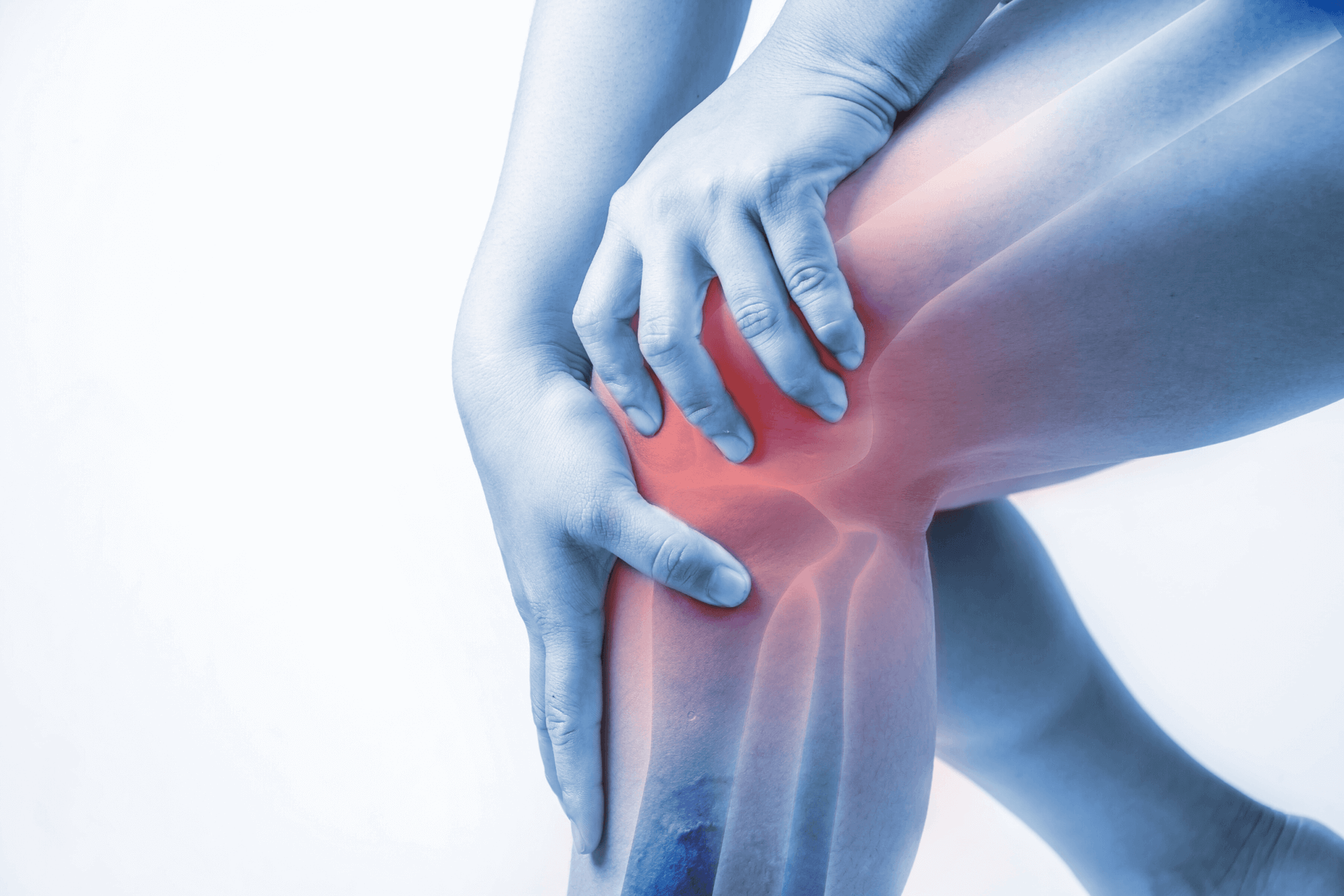- #11-13 Mount Elizabeth Medical Centre (Orchard)
- Mon Fri 9am — 6pm | Sat 9am — 12.30 pm
Joint pain is a common complaint that affects people of all ages. This may manifest as discomfort, pain, stiffness, or a burning sensation in one of the body’s many joints. Although occasional joint pain can be caused by overuse or minor strain, persistent or severe joint pain can have a significant impact on daily activities and quality of life. This guide explores the causes, symptoms, diagnosis and treatment options of joint pain.

Joints are where two or more bones meet, allowing movement and flexibility. The ends of bones are covered in cartilage, a smooth, slippery tissue that cushions and protects bones during movement. A synovial membrane surrounds each joint, producing a lubricating fluid that further facilitates smooth joint movement. Joint pain can arise from various factors affecting the bones, cartilage, synovial membrane, ligaments (tissues connecting bones), or tendons (tissues connecting muscles to bones).
Joint pain can come from a variety of underlying conditions or injuries. Here’s a look at some common causes:

The presentation of joint pain can vary depending on the underlying cause. However, some common signs and symptoms include:
It is important to note that these symptoms can sometimes be caused by other medical conditions. Consulting a healthcare professional for a proper diagnosis is crucial. Contact us for more details.
Certain factors can increase your risk of developing joint pain:
Diagnosing joint pain typically involves:
A detailed discussion about your symptoms, location of pain, activities that aggravate the pain, and any previous injuries or medical conditions. Book now.
Physical Examination:
The healthcare professional will assess the affected joint for:
Imaging Tests might be ordered in some cases for a more detailed evaluation:
Blood tests may be done in some cases to rule out certain underlying conditions like rheumatoid arthritis or gout.
The treatment approach for joint pain depends on the underlying cause and the severity of the symptoms. Here is an overview of common treatment strategies:
Physiotherapy plays a crucial role in managing joint pain. A therapist will design a program that includes:
Surgery is usually only considered if conservative treatment fails to provide significant improvement after a prolonged period of time (usually several months). The specific surgical approach will depend on the nature of the underlying condition. Here are some examples:
Although there is no cure for some underlying causes of joint pain like osteoarthritis, it is crucial to manage symptoms and prevent further damage. Here are some key points to remember:
By following these tips and seeing a doctor for persistent or worsening joint pain, you can manage your symptoms and maintain an active, fulfilling life.